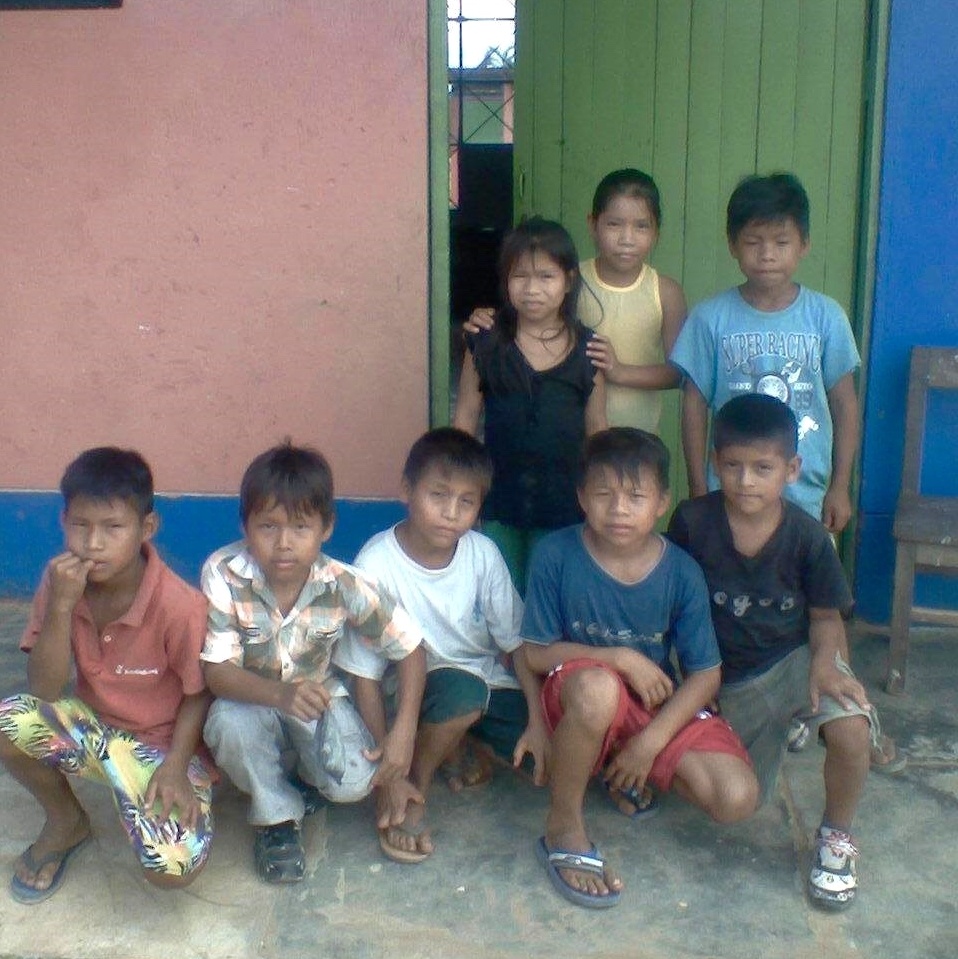Double Your Donation with Matching Funds
/DONATIONS ARE NO LONGER BEING ACCEPTED FOR THIS PROJECT.
Thank you to those to those who donated in the past.
We are excited to announce that a member of SIL LEAD's Board of Directors has pledged to match all gifts to our Indigenous Peruvian Teacher Scholarship fund between now and December 31, up to a maximum of $4,000!
Given that we have received about $20,800 in pledges and contributions, this matching fund will allow us to complete the fundraising needed for six more scholarships. But to do this we need your help to raise $4,000 by the end of this month. $2,400 is needed to fund each scholarship. We have raised sufficient funds for the first six scholarships and the recipients have been notified by our Peruvian partner AIDI of their awards.
If, with your help, we can meet the matching fund challenge, we will be able to authorize the next six scholarships. Please consider a donation of any size to help us leverage this very generous matching fund. Secure donations may be made electronically on the donate page or by sending a check to SIL LEAD: 7500 W Camp Wisdom Rd, Dallas, TX 75236. Simply attach a separate note to your check stating that your donation is for the Indigenous Peruvian Teacher Scholarships.
To read more about SIL LEAD’s Indigenous Peruvian Teacher Scholarship project, please see our most recent blog post or visit the project webpage.


















